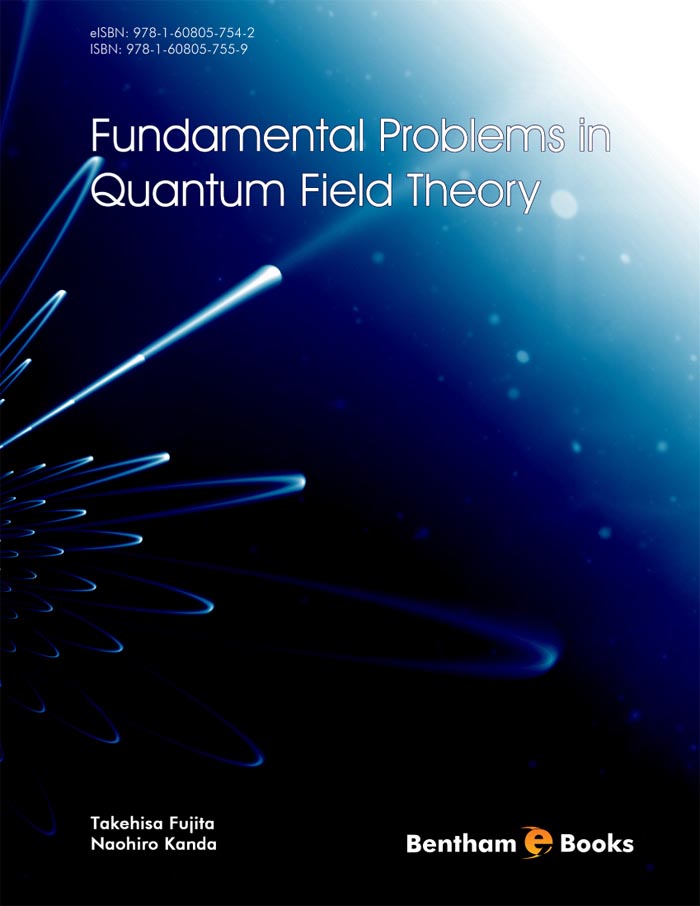Introduction
Quantum physics is based on four fundamental interactions of electromagnetic, weak, gravitational and strong forces. All the interactions are expressed in terms of fermion and boson fields which can describe the quantum states of electrons, nucleons and photons in atoms or nuclei. Correct behaviors of these particles can now be described by the basic field theory terminology, and this textbook explains, for the first time, quantum field theory in a unifying method.
At present, modern quantum theory is at a critical junction between different theories, and this textbook presents a clear description of fundamental quantum fields with a sound theoretical framework. No exotic theoretical concepts such as general relativity nor spontaneous symmetry breaking nor quantum anomaly are adopted in this textbook, and indeed all the observed physical quantities can be well understood within the standard field theory framework without introducing any non-physical particles or fields.
From this textbook, readers will be guided through a concrete future direction of quantum field theory and will learn how the motion of electrons in any kind of material can be understood in terms of fields or state vectors. Readers will also learn about application of basic field theory in quantum chemistry, quantum biology and so on.
Fundamental Problems in Quantum Field Theory is a handy resource for undergraduate and graduate students as well as supervisors involved in advanced courses in quantum physics.

